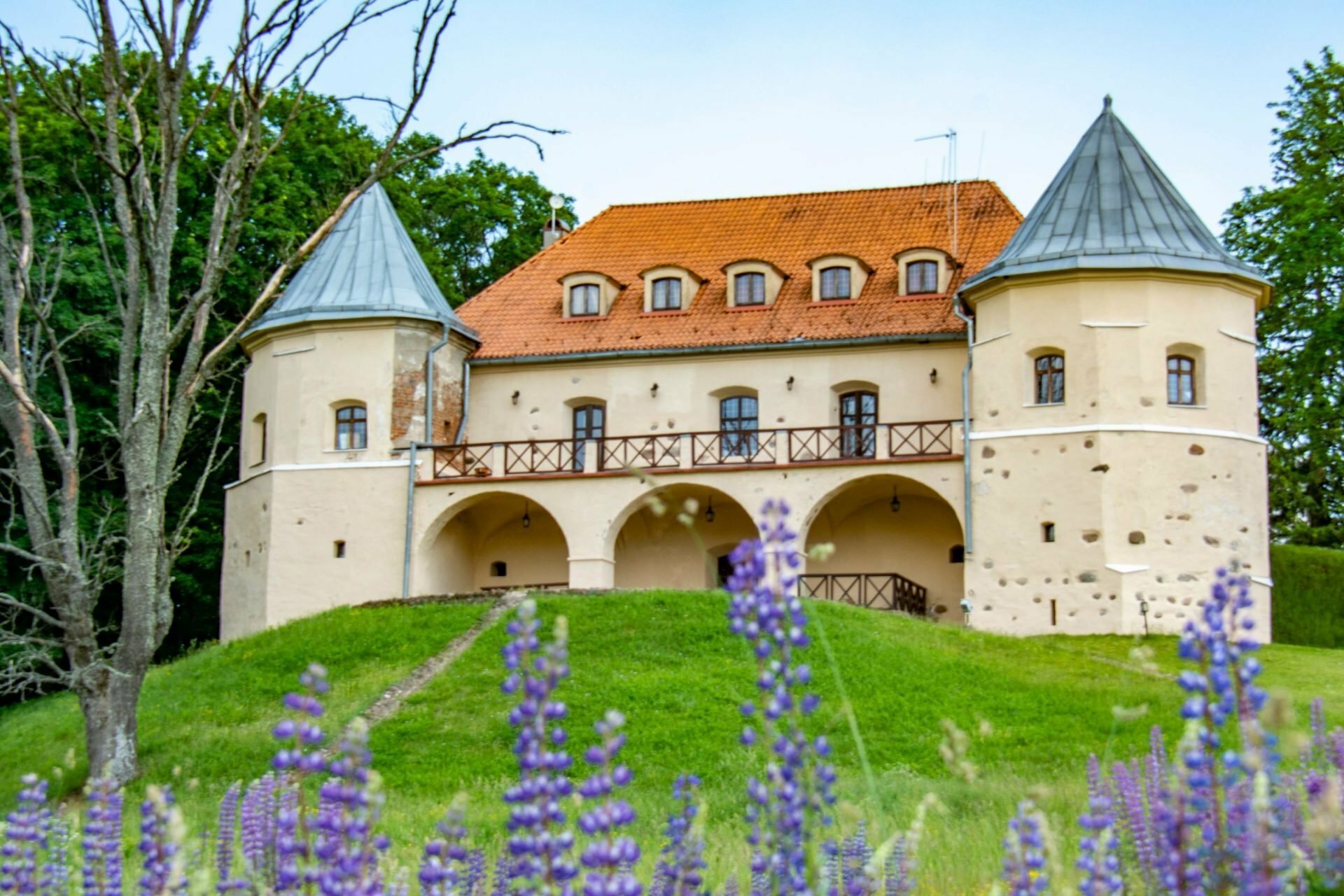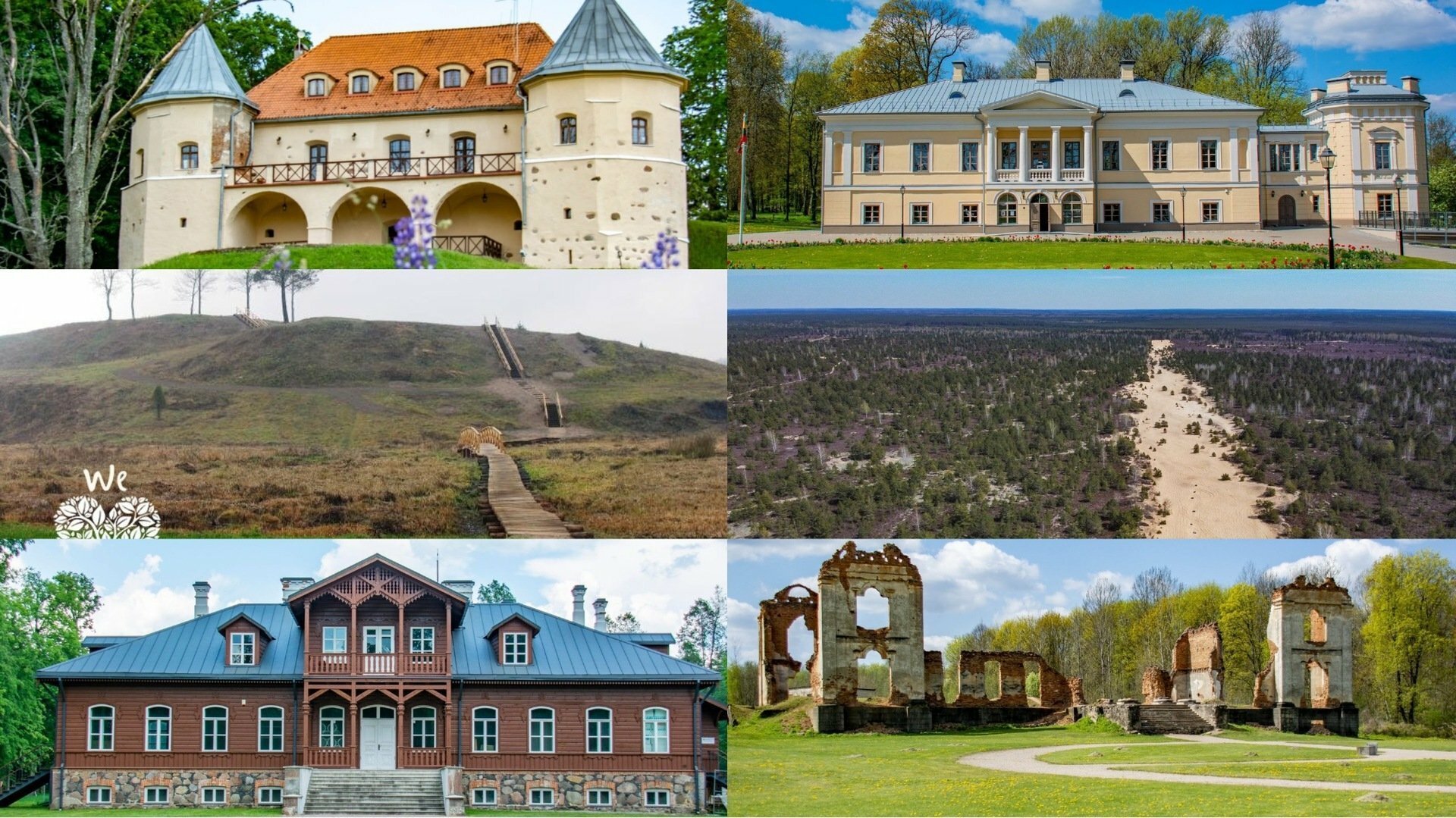The Šalčininkai district is an area of shady forests in eastern Lithuania, with a rich historical and cultural past. Located only a few dozen kilometres from Vilnius, the region welcomes you to come and visit its manors, parks, and unusual natural features. The ‘We Love Lithuania’ team suggest a rich tour that will keep you occupied for a whole weekend, and allow you to learn about the Šalčininkai district.
Jašiūnai Manor
This thriving estate used to be a local centre of culture in the 19th century, which was built, lived in, and often visited by prominent figures from Vilnius University. Today, you can visit the newly restored late-Classical Jašiūnai Manor, which has survived the test of time, surrounded by its charming and well-kept park. There is a museum in the manor, where you can learn about the customs and the everyday life of the nobility in the 19th century.
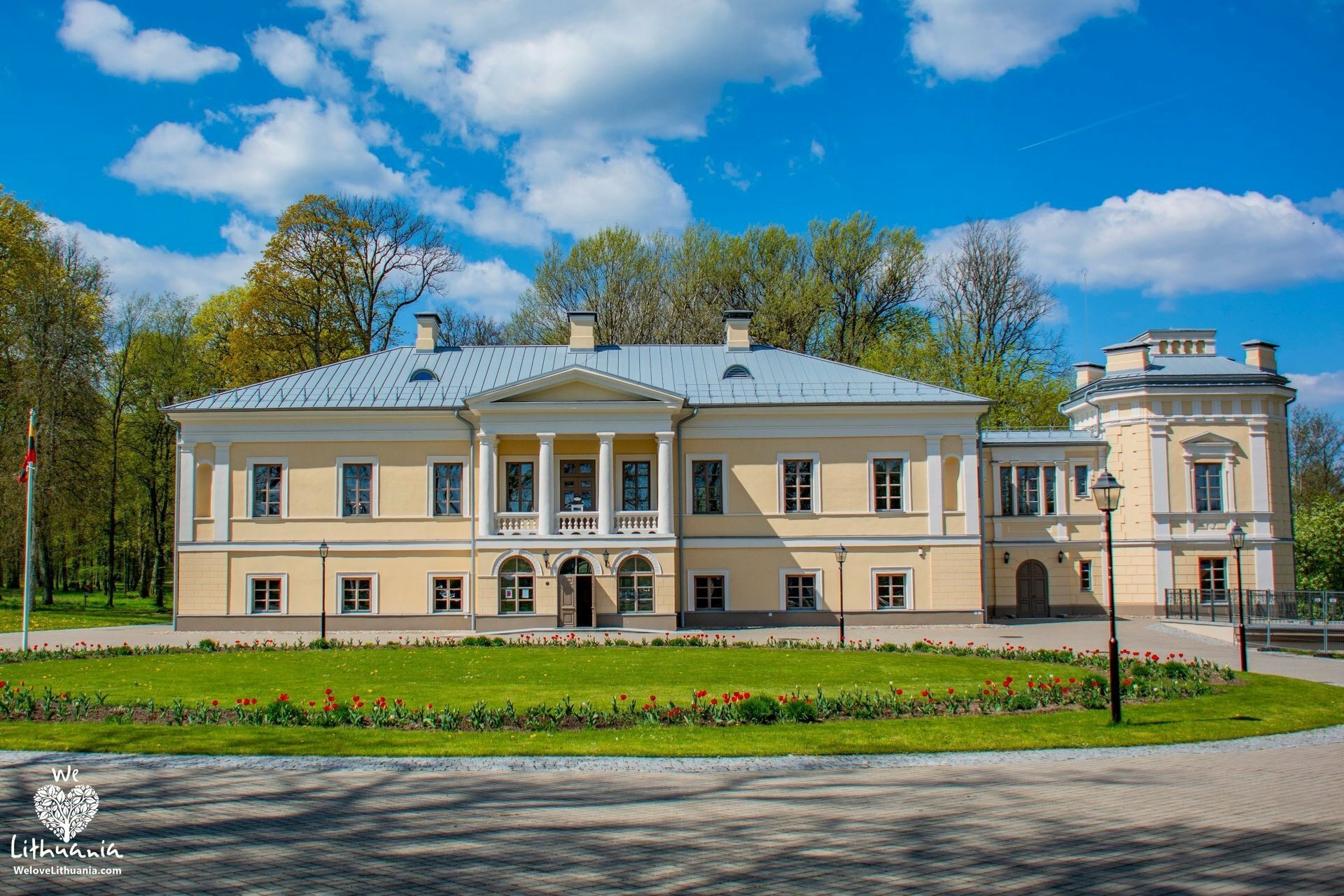
Rūdninkai Forest Biosphere Firing Range
The Rūdninkai Forest Biosphere Firing Range is a unique place that leaves you with strong impressions. It consists of an expanse of green dunes in the middle of a forest; but these dunes were not created by the sea. The story of the emergence of this unique natural phenomenon, a continental dune formation, is rather unfortunate: an exposed area of sand was formed by the fires caused by constant bombing, because during the Soviet era there was a training ground for air force pilots here. After Lithuania regained its independence, bomb disposal experts worked for over ten years in this landfill site to locate and defuse unexploded bombs. Now the area is quiet and safe, and attracts visitors with its unusual history and its rather horrific but majestic beauty.
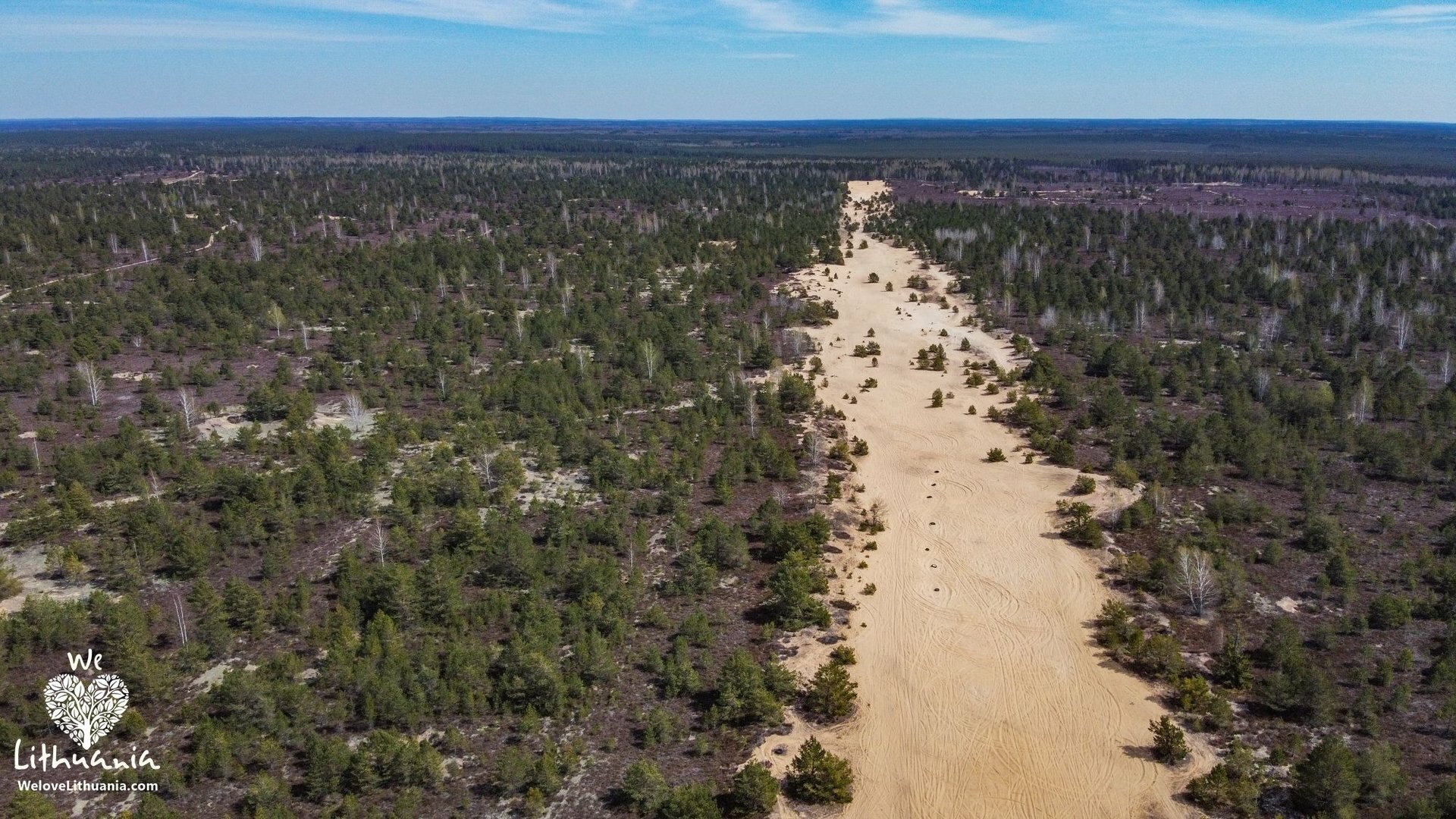
The Pavlovsky (Pavlov) Republic
The Pavlovsky (Pavlov) Republic is one of the most unusual episodes in Lithuanian history. Did you know that in the 18th century, not far from Vilnius, in the present Šalčininkai district, there used to be an independent republic, with its own constitution, coat of arms, currency, parliament, treasury, welfare system, army, doctor and school, ruled over by a president and a peasants’ council? Today, only the few surviving parts of the manor, the stables and other buildings are witness to what it used to be; but in the second half of the 18th century, this was where the most radical and progressive social reforms in the Republic of the Two Nations were carried out. When we go to Merkinė today, we can see the remains of the former Pavlovsky (Pavlov) Republic: the house, the service buildings, the ruins of the original stables from the time of P.K. Bžostovskis, the ‘president’ of the republic, and the completely restored ice house of the estate. We can also feel the very strong aura of this place, where an enlightened person, who was a century ahead of his times, tried to restore to ordinary people their natural freedom and their human dignity.
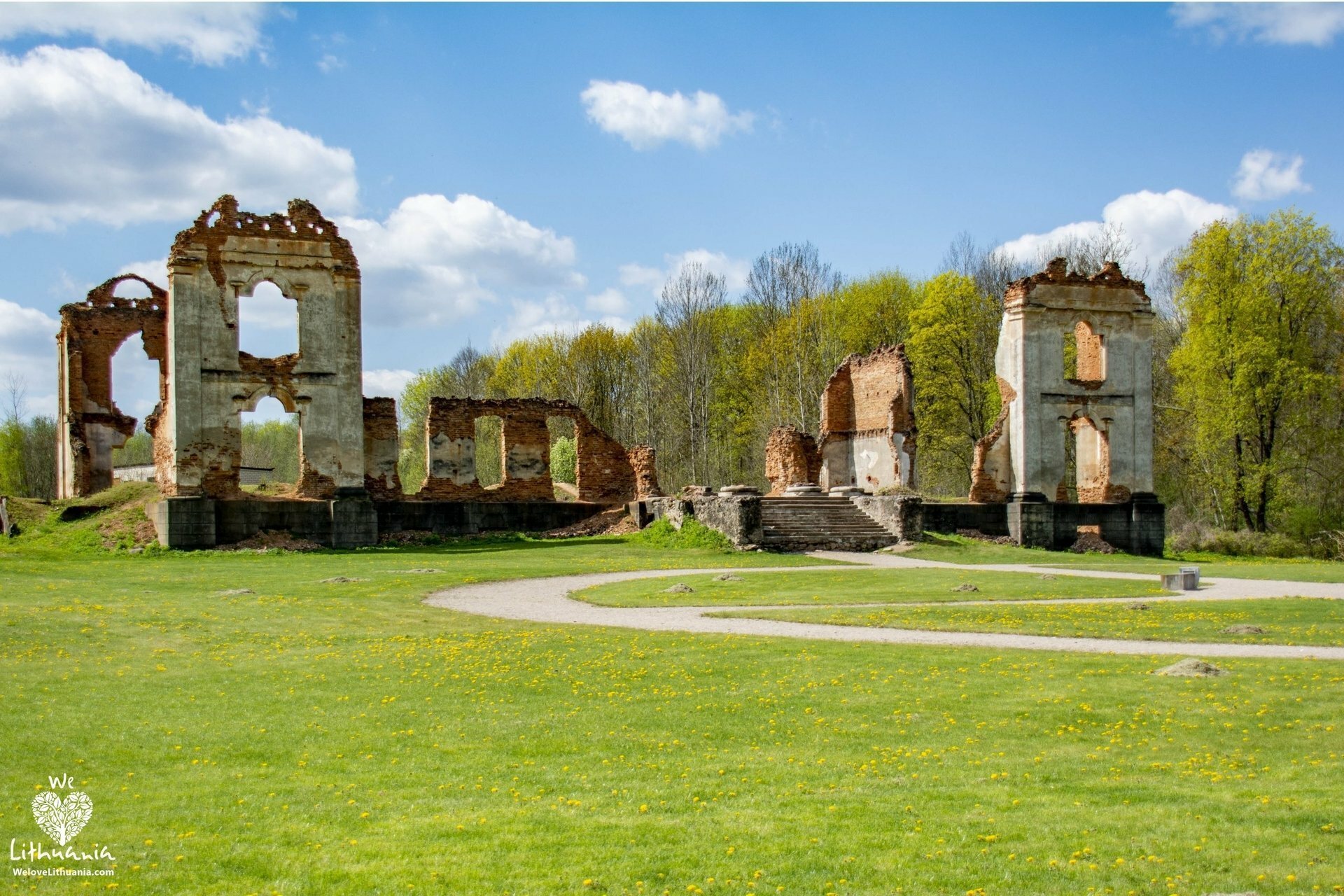
Vilkiškiai Manor
In the picturesque valley of the River Merkys, there is a richly carved wooden palace surrounded by lime trees, which looks as if it has come straight out of an old fairy tale. This is the original mid-19th century Vilkiškiai Manor. Surrounded by a park and a lime alley, the manor house is still being restored, but it will soon open its doors and welcome visitors. In the meantime, when you arrive, you can admire the picturesque natural landscape and the elegant facade of the manor, and take a walk in its gardens on the banks of the River Merkys, in a recreation area complete with footbridges, tables, barbecues, places for camp fires, and cubicles for changing. This spacious recreational area on the banks of the river is intended for canoeists on the River Merkys passing by, or simply for visitors to the manor who decide to take a walk by the river.
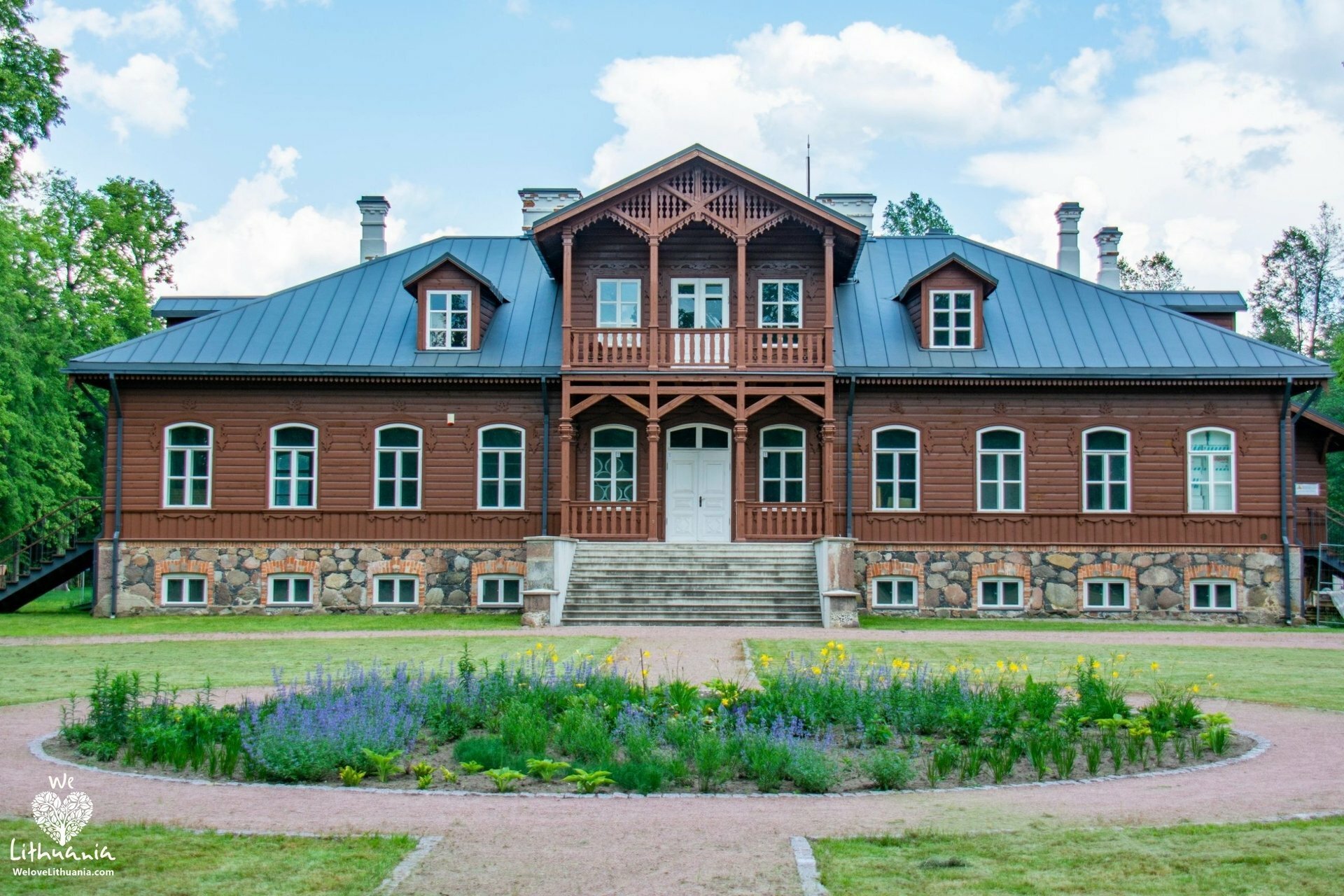
Dieveniškės Historical Regional Park
Do you remember the sight of that strangely protruding ‘tail’ on the map of Lithuania, looking like a peninsula sticking out into Belarus? The Dieveniškės Historical Regional Park, which is rich in attractions of the natural, historical and cultural heritage, is located in that ‘tail’, or in other words, in the ‘Dieveniškės loop’. Here, you will find ethnographic villages, ancient oak trees, pagan-era burial mounds, huge stones with names, the picturesque Bėčionys mound, and the beautiful Norviliškės Castle. This can all be visited by using the convenient and pleasant routes for walking, cycling and driving suggested by the park administration.
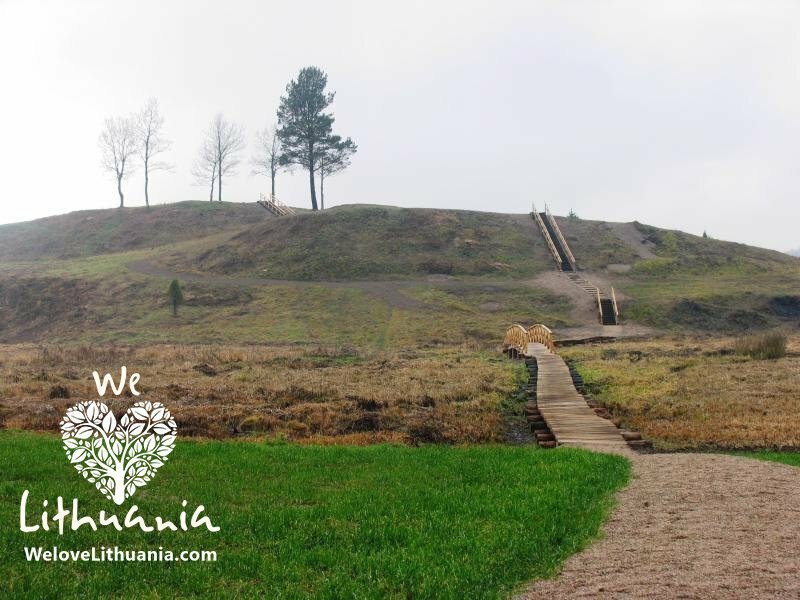
Norviliškės Castle
Norviliškės Castle is a 16th-century Renaissance castle, located in the southeastern tip of Lithuania, the ‘Dieveniškės loop’. Originally built for defensive purposes, Norviliškės Castle still has a symbolic meaning today, for it is surrounded on three sides by the Lithuanian-Belarusian border just a few hundred metres away, or in other words, the external border of the European Union. With its long and rich history, having served as a family love nest, a monastery, a barracks, and a school for girls, and having eventually become a neglected ruin, Norviliškės Castle is today completely restored and open to visitors. There is a hotel and a restaurant in the castle, and excursions and educational visits to the castle and the region are available (visitors must register for them in advance).
